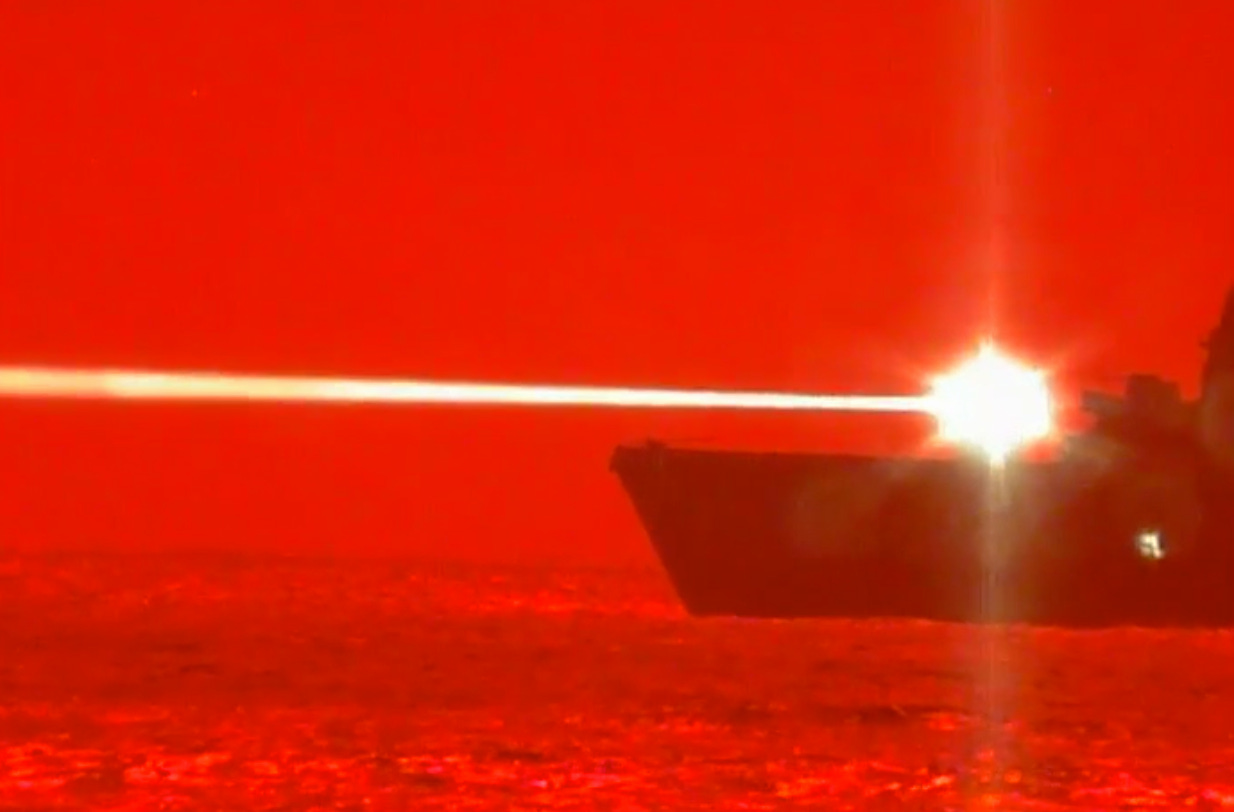Trump’s CNO Nominee Wants to Make Naval Laser Weapons Great Again
“If confirmed, I will make that a priority.”

President Donald Trump’s nominee to serve as the US Navy’s top officer wants to finally make…

President Donald Trump’s nominee to serve as the US Navy’s top officer wants to finally make…